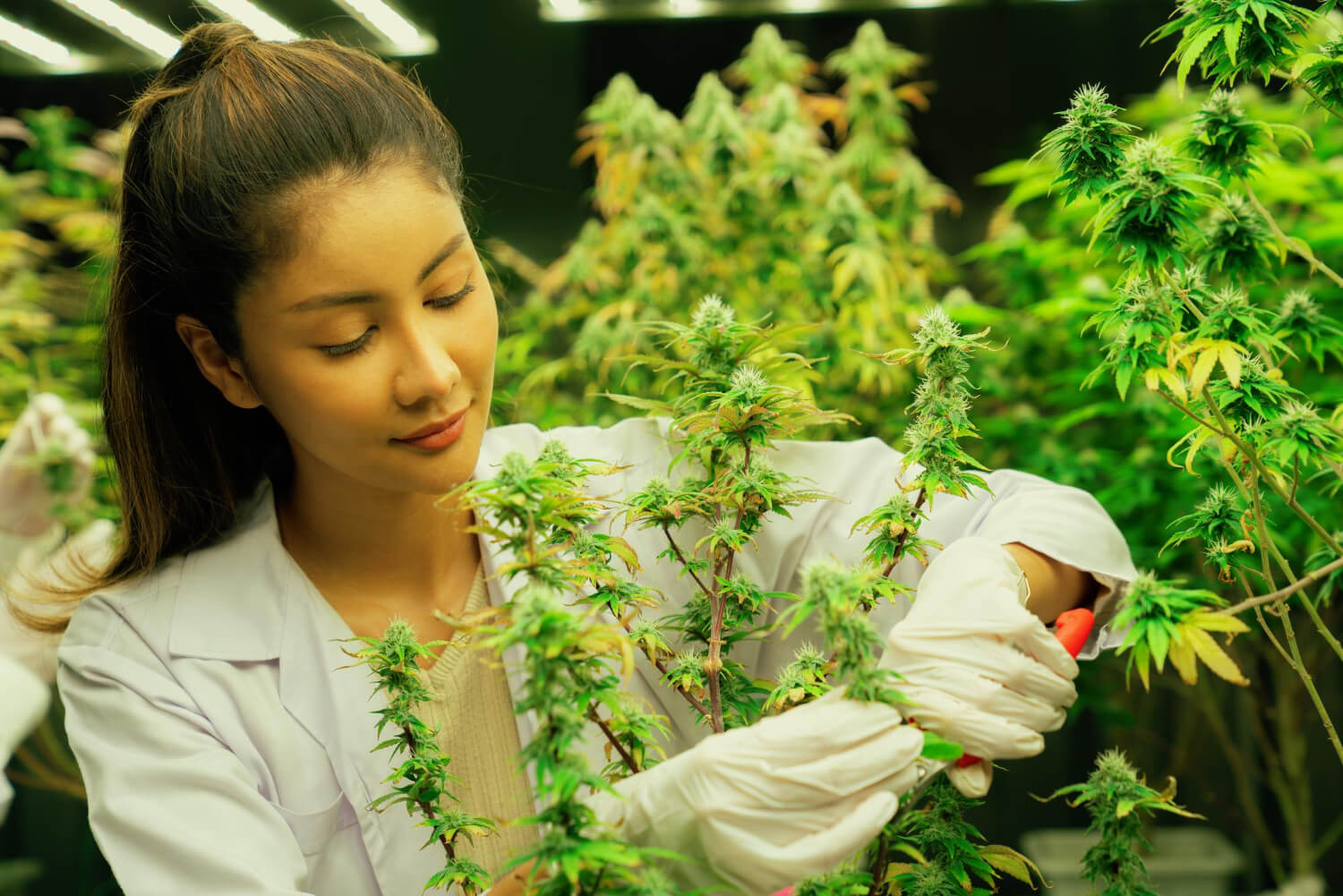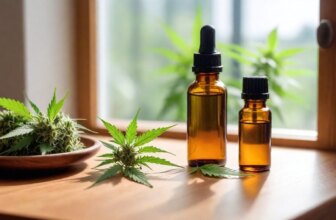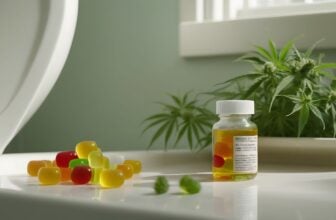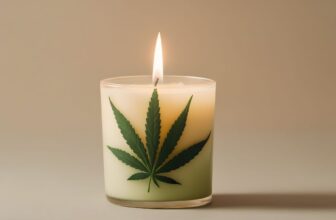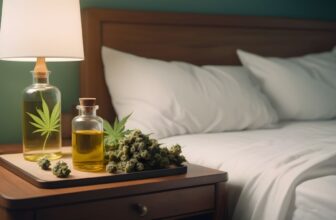While a fairly fast-growing crop, it takes several months to take a cannabis plant from seed to harvest. During that time, you’ll spend a lot of arduous work tinkering away, dialing in your nutrient schedule, diagnosing & correcting plant issues, training them, and so on. You do all this because you want to maximize potency and flavor.
Well, the last thing you want then is to mess up the harvest process which can hurt all that potency and flavor you worked hard for. So I’m here to show you the best techniques and practices for harvesting, drying, and curing cannabis.
Understanding Harvest Readiness
Your eyes are your best tool for determining when it’s time to harvest, as different strains have various harvest times. Three big things happen that will indicate when it’s the optimal time to harvest.
Trichome Color
The color of the trichomes is your biggest indicator, making a magnifying tool such as a jewelry loupe pretty much essential. When harvesting a strain you’ve never grown before, it is recommended to harvest when there is an even number of clear and amber trichomes. Now, the heavy majority of the trichomes will be cloudy, which indicates an even cannabinoid profile.
Pistil and Sigma Color
As a cannabis plant is coming closer to its harvest date, the pistil hairs (stigmas) will turn orange and recede down on the flowers. Different strains will influence the degree this change happens, but it will happen to all.
Swelling Phase
During mid-to-late flowering, well after the branches have stopped growing, you’ll notice the colas start swelling. One day you’ll notice the swelling is slowing down, and this marks the start of the harvest clock. Once the swelling phase is over, most cannabis plants only have about 2-3 weeks to go.
Marijuana Harvesting Techniques
After you have determined it’s time to harvest, you’ll need a few tools!
First, you’ll need a tool to cut the plants down and gloves for protecting the trichomes. Some growers will use pruning shears to remove the individual branches from the plant. Others — like myself — will take a saw or another large cutting tool and chop the plants down at their base. While you can hang the whole plant to dry, I like to separate the biggest branches to promote better airflow. I do this because I prefer dry trimming to wet trimming.
Dry trimming is when you start drying the flowers before removing the sugar and fan leaves — this extends the drying time and offers additional trichome protection. Wet trimming is when you remove the sugar and fan leaves immediately after harvest — reducing the time it takes to dry. Which is right for you depends on your environment, and like me, you’ll probably do a combination of both, favoring dry trimming.
I find it easier to take off most of the fan leaves within the first 48 hours, but I’ll leave any fan leaves that have notable amounts of trichomes on them. The same essentially goes for the sugar leaves — I remove any sugar leaf (usually just the tip at most) depending on the amount of trichomes it has. For my environment (humidity/temperature) and setup (drying in a grow tent), this allows my plants to dry slowly over two weeks while keeping mold and mildew at bay.
Drying and Curing Marijuana Plants
After chopping our plants down, they enter into two distinct phases that will improve the flowers’ aroma, flavor, potency, shelf life, and overall quality. Technically, you can consume your cannabis flower the second you remove it, but you’ll likely find it doesn’t compete with a flower that has been optimally dried and cured. However, I encourage you to test your flowers during various points of the stages to better hone into the perfect dry and cure.
Drying Stage
Simple but incredibly important, and it will take some experimentation to perfect, the drying stage is the first phase after chopping the plant down. Slow and steady is the goal here as you work to find the perfect temperature, humidity, and airflow, allowing you to slowly dry your flowers out for 1-3 weeks.
To start drying, hang your plants upside down in a dark room with humidity around 70% and temperatures between 60-70°F. You’ll want a fan for airflow, but don’t have it directly pointed at the plant material. When large stems bend while small bends break, it’s time to move your flowers to the curing stage. Optimally dried flower will feel slightly crispy, but when pressed on, it should feel slightly cold and damp.
Curing Stage
Technically, the curing process happens the second you remove a bud from the plant, as drying is an important step in curing. Curing takes things a step further. While drying primarily focuses on moisture removal and the initial breakdown of chlorophyll, curing is a more extended process that refines the chemical composition of the buds and implores greater microbial activity. This allows the flavor, aroma, and potency to better develop.
To cure, you simply place your trimmed buds in glass jars or bags with sealable lids. When the humidity in these jars surpasses 70%, it’s time to open the lids and burp the air out. Curing takes place over several months, but once the humidity reaches a stable 62% in the curing jars, the flower is ready to be consumed.
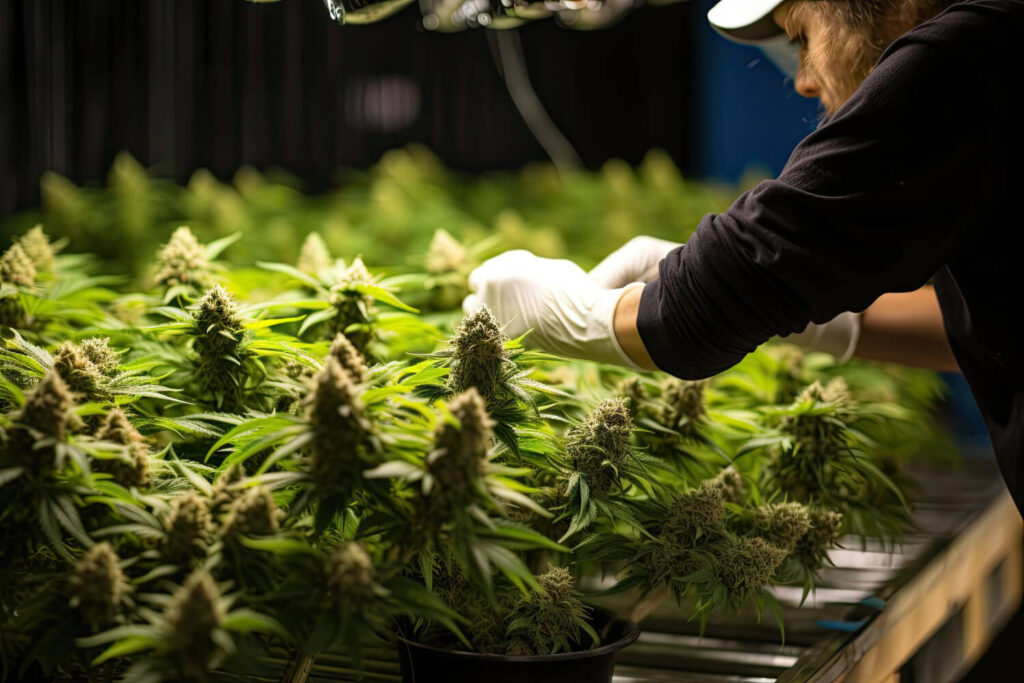
Common Mistakes to Avoid
During the last few weeks before harvest, the common mistake growers make is messing up their nutrient schedule. You don’t need to completely remove nutrients until the last few days or flush, but you should be tapering down nutrients after the swelling phase as plants aren’t ‘eating’ as much. Plants can lighten a bit in color but try to avoid necrosis of the leaves.
During the drying stage, the most common mistake growers make is rushing the process. Often this happens because they place a fan directly on the flowers. While you want airflow to keep mildew and mold away, too much will quickly dry them out.
Finally, the most common mistake growers make during the curing stage is improperly monitoring and burping the jars. Buds are still fairly wet after a proper dry and will need to be burped multiple times a day. A hydrometer is essential for maintaining proper temperature and humidity when curing in jars.
Final Thoughts
By perfecting the harvesting stage, which includes the drying and curing, you promote your plants to retain and build upon all that hard work you spent months on. I encourage growers to experiment with different parameters (temperature, humidity, time, etc.) by playing off my recommended suggestions: harvest when trichomes are evenly amber/clear, dry for 1-2 weeks with indirect airflow, and cure flower to 62°F. Remember, what works best for some growers might not work best for you due to your preferences and climate.

